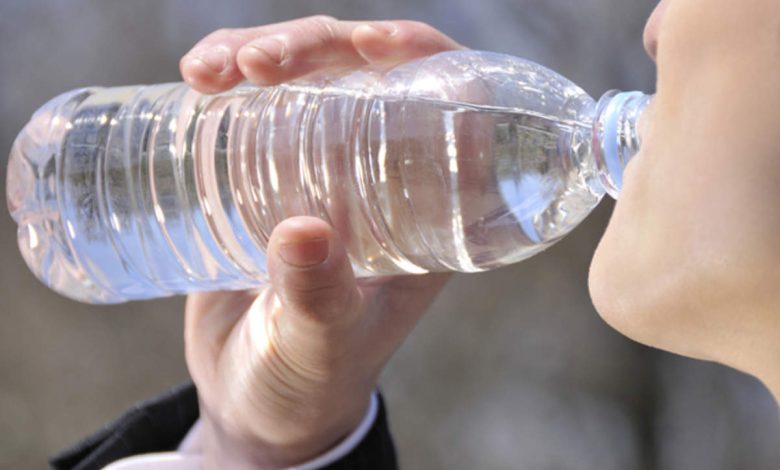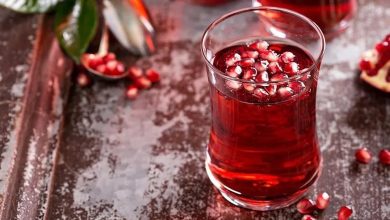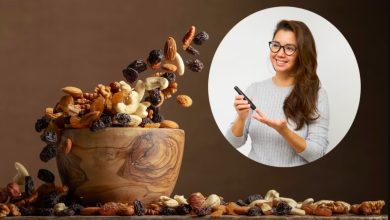Drinking From Plastic Bottles Increases The Risk Of type 2 Diabetes

Plastic Bottles: The chemical compound bisphenol A, or PBA, often found in plastic food and beverage packaging, can reduce sensitivity to insulin, the hormone that controls blood sugar levels.
In a new study, researchers found direct evidence that shows that the chemical compound “bisphenol A” or “PBA”, which is often found in food and beverage packaging, can reduce insulin sensitivity, the hormone that controls blood sugar levels. A reduced ability to respond to insulin, called insulin resistance, results in persistently elevated blood sugar levels that significantly increase the risk of developing type 2 diabetes.
Plastic Bottles, The researchers shared the results of the research at the 2024 Scientific Meetings of the American Diabetes Association and recommended that the EPA reevaluate exposure limits for safe levels of PCBs in plastic bottles, food containers and other packaging materials.
California Polytechnic State University researchers examined 40 healthy adults. These people were randomly divided into two groups: one group received a placebo and the other group was given a small dose of the chemical compound PBA on a daily basis. After four days, insulin sensitivity decreased in the group exposed to the chemical compound PBA, while no change was observed in the placebo group.
Plastic Bottles, According to Tech Times, currently the Environmental Protection Agency has considered the permissible dose of PBA to be 50 micrograms per kilogram of people’s weight. Todd Hagobian, the study’s senior author and a professor at California Polytechnic State University, emphasized the need to revise the current safe dose of PBA.
Plastic Bottles
Global Regulations; General Concerns

Plastic Bottles, The Food and Drug Administration in the United States considers the low dose of PBA in food containers to be safe, at 5 milligrams per day, per kilogram of body weight, which is much higher than the dangerous dose identified in the new research. Considering this level difference, the researchers say that the guidelines of the Food and Drug Organization are old and need to be revised.
On the other hand, some regulatory bodies in other parts of the world have adopted a stricter approach regarding the chemical composition of PBA. For example, the European Commission has proposed to ban the use of PBA in products that come into contact with food and beverages by the end of 2024. Since so many of us deal with these substances on a daily basis, concerns about these chemicals are on the rise.
Plastic Bottles, Recent studies emphasize the danger of microplastics for human health. Microplastics are very small plastic particles that penetrate into human cells and can damage organs. The presence of microplastics in some human organs, including lungs and reproductive organs, has been confirmed and has caused many concerns.
The findings of the new study also emphasize that minimizing exposure to PBA, by choosing stainless steel or glass containers and containers that do not contain PBA chemical compounds, reduces the risk of diabetes.
Also Read:
Cereal For Diabetes: Consumption Can Help Patients With Type 2 Diabetes
The 15 Best Diabetes Fruits To Control Blood Sugar




